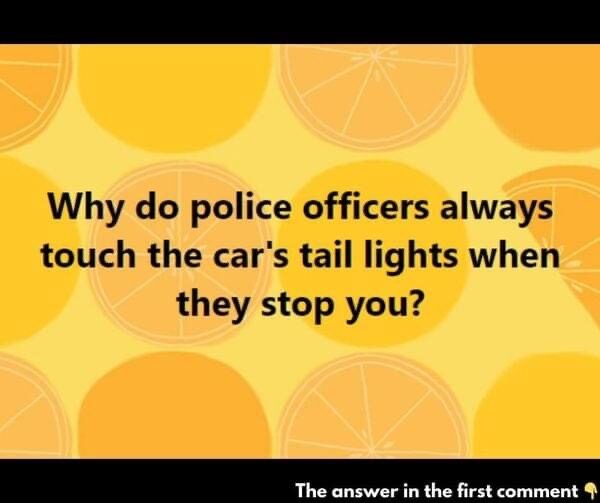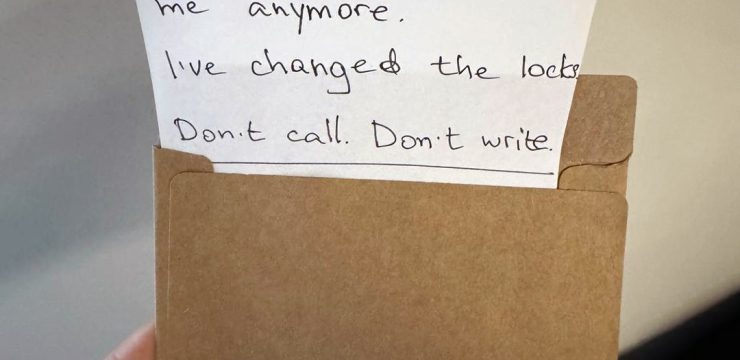Getting pulled over can be a tense experience. As the flashing lights appear in your rearview mirror, you might notice the officer approaching your vehicle and briefly touching your car’s tail light. This seemingly minor gesture has specific purposes rooted in law enforcement practices.

One primary reason officers touch the tail light is to leave behind fingerprint evidence. This practice serves as a form of documentation, indicating that the officer was present at the scene. In situations where an officer might face harm or if the encounter escalates, the fingerprint can provide crucial evidence linking the officer to that specific vehicle.
Another reason for this action is to ensure the trunk is securely closed. By touching or tapping the tail light or trunk area, officers can confirm that no one is hiding inside the trunk, which could pose a threat to their safety.
Additionally, the act of touching the tail light can serve to startle the driver slightly. This brief distraction might cause a driver who is attempting to hide contraband or reach for a weapon to pause, giving the officer a momentary advantage to assess the situation more safely.
While modern technology, such as body cameras and dash cams, has provided new methods for documenting traffic stops, the practice of touching the tail light persists in some areas. It remains a quick, simple tactic that can enhance officer safety and provide an additional layer of evidence during traffic stops.
In summary, when an officer touches your car’s tail light during a traffic stop, it’s a deliberate action rooted in safety protocols and evidence preservation. Understanding this practice can provide insight into the procedures officers follow to ensure both their safety and that of the public during traffic encounters.





